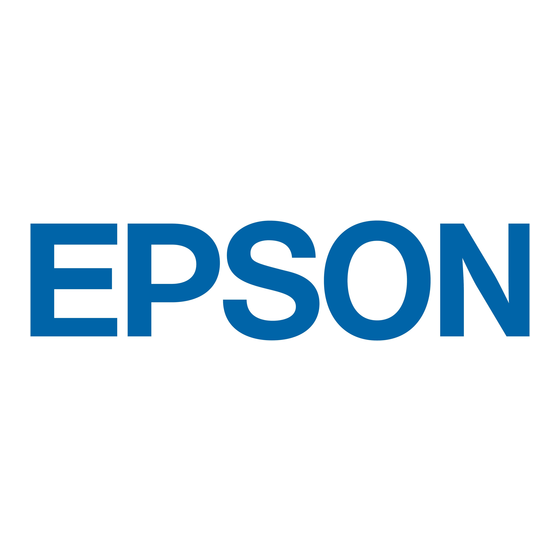Epson CX5200 - Stylus Color Inkjet Manual - Página 5
Navegue en línea o descargue pdf Manual para Impresora todo en uno Epson CX5200 - Stylus Color Inkjet. Epson CX5200 - Stylus Color Inkjet 11 páginas. Product support bulletin(s)
También para Epson CX5200 - Stylus Color Inkjet: Especificaciones (2 páginas), Manual del usuario (12 páginas), Hoja de información del producto (4 páginas), Instalación del software (20 páginas), Manual Start Here (8 páginas), Manual Start Here (9 páginas), Actualización (1 páginas), Boletín de asistencia sobre productos (40 páginas), Boletín de asistencia sobre productos (17 páginas), Boletín de asistencia sobre productos (4 páginas), Lea esto primero (2 páginas), Boletín de asistencia sobre productos (18 páginas)

